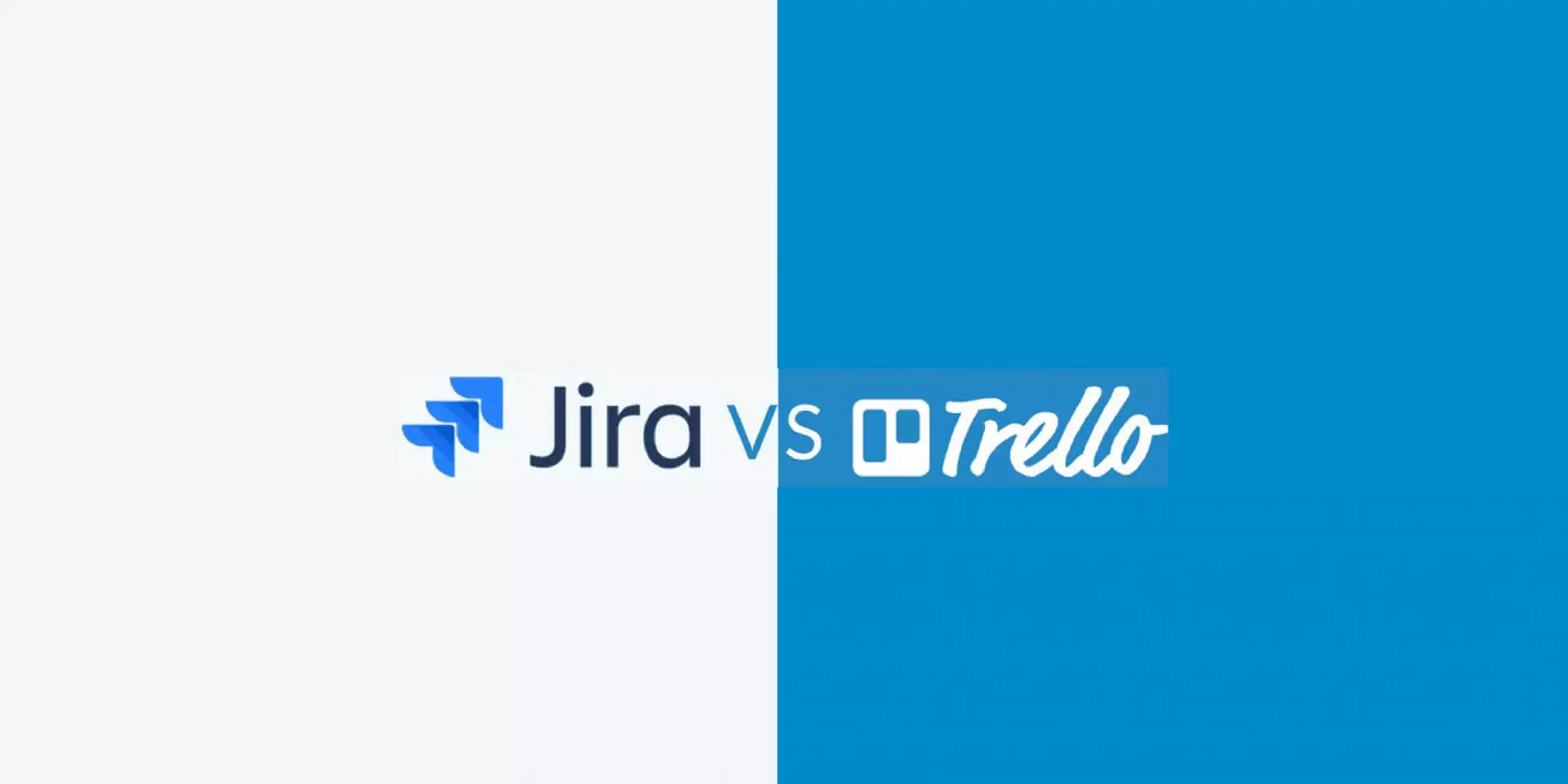Nowadays, it is common for software development work to be done by distributed teams where developers are situated in different parts of the world.

Because of this, team and project management now need to be handled in a way different to how they were done a decade or two ago. Senior remote developers have different preferences for which tools they like to use or which ones are more efficient. This article aims to give a developer’s perspective on two project management software with the objective that it helps managers and other developers make a decision about which tool (Trello vs Jira) is most appropriate for their project planning and overall work.
Gantt charts, Microsoft Project, and other basic tools are known to many. However, when professional teams of developers need to organize their work, it may be appropriate to use tools that are dedicated to their area of work.
Distributed developer teams mean that everyone is not working on the same project at the exact same time. Time zones and personal schedules become a factor. Project management tools (PMT) aid in better collaboration by providing one platform for team members to leave questions, updates, and other comments for others to read. One uniform platform for all also means that others in your firm who are in non-technical positions can also collaborate and communicate important changes, deadlines or updates required of the project (e.g. a change in firm objectives can be communicated by a senior manager or a CEO).
These tools create better transparency and accountability by making everything related to a project and individual contributions visible to all team members. Project managers can have a better idea of how timelines and workflows look like that then allows them to plan and manage their teams more efficiently. These agile project management tools are simple and straightforward to use, but if employed smartly, can lead to a very streamlined workflow.
Project management tools are a very efficient means of making notes and storing other important information. Rather than having things noted by different people on different media through phone calls or emails, everything located in one place ensures that the whole team is aware of necessary scheduling and other sundry updates.
In short, a good project management tool will be an efficient, and user-friendly means to carry out conversations and collaborations in an organized manner that helps all the remote developers, the project manager, and even the company leaders to be on the same page. No one is left unaware of any major development in the team’s work.
Jira is a tool designed with the aim to help with project management in software development work, especially for those engaged in agile development. One of the interesting features the tool has is called Sprints. With this, the developer team works on achieving certain goals in a specified amount of time, say ten days. This helps developers work with a focused approach and reach targets through smart time-tracking. There are other features that allow users to specify tasks in order of urgency or the group they belong to in as much detail as needed. Smart filtering of tasks helps team members to keep their attention on tasks that are most relevant to them.
Jira also has a mobile application allowing users to keep up-to-date with team progress from anywhere. Jira is ideal for big teams with big projects.
Because Jira is packed with so many functionalities, it can end up being a bit overwhelming for someone new to it. An existing team of senior remote developers may be well-acclimatized to it but for a new developer or a client who has never used it before, it can become rather hard to get used to. Users often underuse the software because of this very reason. To get comfortable with Jira, developers may need to spend some time getting trained in order to make effective use of the platform.
Trello is a very minimal cloud-based PMT that embodies the saying, “Less is more”. It empowers its users through simplicity. Trello has a very visual interface whereby users keep track of everything on ‘cards’ on a kanban task management interface.. These cards are organized in columns for tasks that are currently being done, upcoming, require review, etc. Whenever its status changes, a task is dragged to another column.
Thanks to the visualization it provides, Trello is relatively easy to use which makes it is quite appropriate for smaller, newer teams of developers, engineers, and managers.
Its downsides are perhaps the constraint it places on adding more detailed information on the ‘cards’. There is also no feature like Jiro that prioritizes urgent tasks. Also, because the cards are displayed on a kanban board, the interface is not suited to mobile devices.
In conclusion, JIRA is PMT built specifically for software teams. Trello can be used for tracking projects of any nature. The former is therefore typically used by large teams and enterprises. Trello, on the other hand, is used by a diverse range of professionals; from those who work as freelancers to businesses that have developer teams.
The choice between the two (Trello vs. Jira) should be made after assessing the team and company dynamics. You don’t want to end up using an ineffective platform that is unfit for serving your software developer and engineer teams.
Top quality ensured or we work for free
